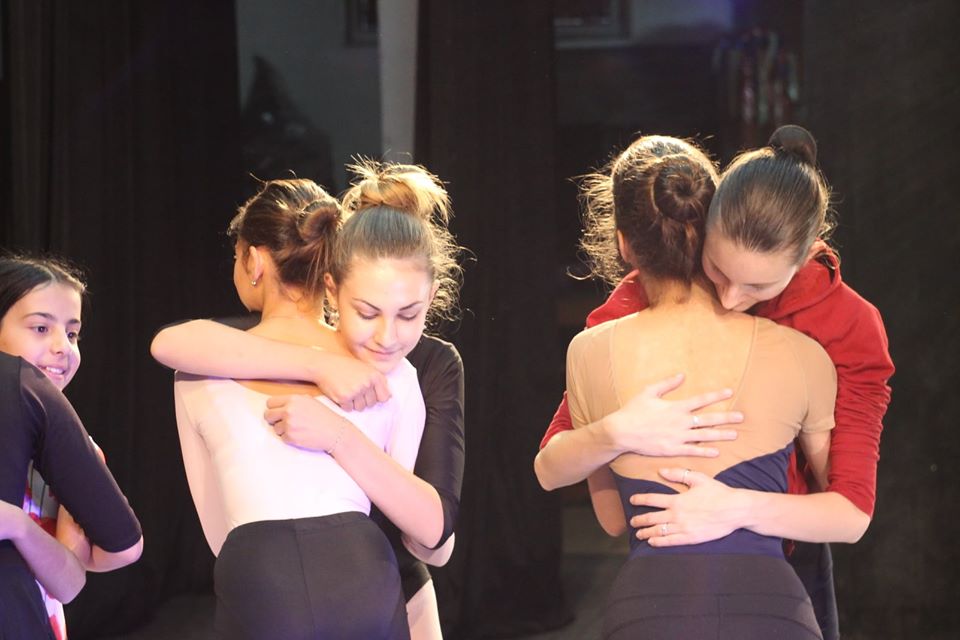
Created by Yoana Yordanova – Sojka, Elena Kostadinova, Radoslav Yordanov, Andrzej Sojka in Pernik, Bulgaria, 25.01.2020. no 1
Intention: listening and observing; Timing: 2 hours; Target group: 18 teenagers ( 12 – 16 y.o.); Method: Non-formal learning through movement and dance.
- Ice Breaking:
Welcome the group with a game in circle, saying the name and sharing the mood of today with a spontaneous movement. - Observation: First step observing everything what is around you with eys open. Notice everybody around you. Then slowly turn focus to your own body – from outside to in side, with your mind and imagination with closed eyes. Then start walking and moving slowly while continuing your observation of your own body. Listen to your own breathing, steps and
movement. Can happen that part of your body physically meet someone. Observe the reaction of your body! If you feel like, start a slow
”dialog”! Listen, accept and give back some information trough the body. - Contact:
Make couples. Standing back to back, start to breath together and feel each other. Sitting on the floor back to back, try to stand up together. Then start to move together – walk, move, run, jump together. All the time listening to your own own body and body of the partner. Express energy giving and receiving making contact and moving true the space till moment when couples feel free to try flying in the space. - Words
Working with words through the body. We gave 4 lines from Bulgarian poem ( by Yordan Radichkov). Participants had to express them true their body without illustration, just with movement that provoked by the emotion from the words. - Attempt to Fly:
Every participant made her solo, created by movement through emotions provoked by the words. Then they started to observe the space and other people; met someone in the space, started to contact back to back and continued movement in couples. The aim was to start flying together.
Reflection: Open talk with the group.
1. What do they feel? 2. How they feel? 3. Did they find something and what, in their own bodies and in the body of the partner? 4. Was it hard to work with the partner? 5. How was it to work with a text through the body? 6. How do they feel working in this way?
Some of comments:
” It was hard to follow the partner”; ” I discovered new way of understanding the text” ; ” I prefer to work with eyes closed because I can concentrate better then” ; ” Work with partner is responsible, you have to be careful with her/him and with myself”;
” It is not easy to fly with someone but is fun”; ”It was hard to express words through movement without illustrating them”.
Note from facilitator: Most important for us as leaders of this meeting was the work with words
expresing them through the body. The way how word is working in you, on you. What emotion this word brings to you and how this emotion can be expresed trhrough the body. The same text expresed on 18 diferent ways – it was amaizing to observe the work of young people. How are they searching, how are they trying, how are they expresing themselves. How do they change for these 2 hours! A real performance was happening.
Video extract from process: https://drive.google.com/file/d/1ExGPhRbIbfiR-igZpV9HZHqsY9TNAmh5/view?usp=sharing
the Key to Connection is implemeneted in the framework of Erasmus+: Youth in Action programme – key action 2, Strategic Partnership for exchange experiences.






